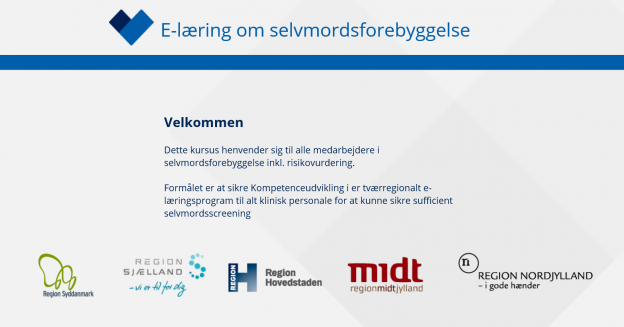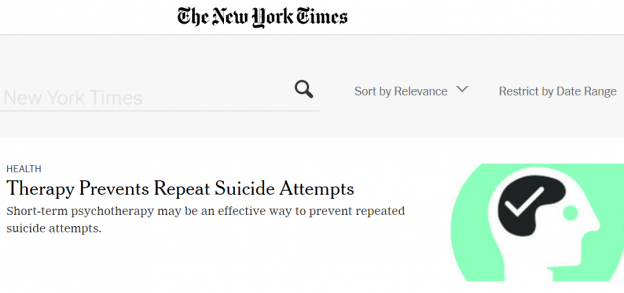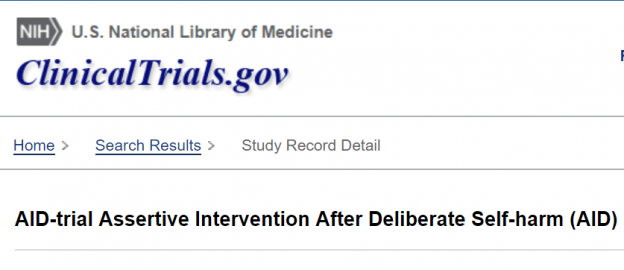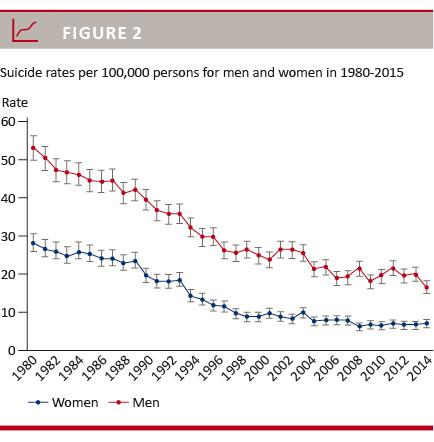In the project Self-Help Online against Suicidal Thoughts (SOS), it was investigated whether internet-based self-help therapy could help people with suicidal thoughts. The study was led by psychologist Charlotte Mühlmann from DRISP in collaboration with colleagues and conducted as a randomized study.
Together with the Danish telephone helpline for suicide prevention (“Livslinien”), 402 adults with suicide thoughts were recruited during 2016-2018. The average age of the participants was 34 years. One third of the participants had previously had a suicide attempt, while 55% were in therapeutic or psychiatric treatment at the time they joined the study.
Half of the 402 participants were randomized to test the online program, while the other half served as a control group, i.e. did not receive the program. The findings showed that after 6 weeks, there was a significant difference; those who had received the self-help program had experienced a reduction of suicidal thoughts, feelings of hopelessness and worries when compared to the control group.
Among the participants who had access to the program, 63% experienced a clinically significant decrease in their suicidal thoughts; corresponding to 6 points on the Beck Scale for Suicidal Ideation, which was the questionnaire used for measuring suicide risk. The significant difference was also present after seven months. Among those surveyed, 78% of the participants rated the program as useful.
You can find the study here: https://jamanetwork.com/journals/jamanetworkopen/fullarticle/2774853
The project was supported by the Danish TrygFonden.
DRISP: Charlotte Mühlmann, Trine Madsen, Annette Erlangsen, Merete Nordentoft
Partner:











